Digital Health
Breadcrumb
Discover Digital Health

Much of our healthcare today runs on digital devices. Think Telehealth or Telemedicine; electronic health record (EHR) or electronic medical record (EMR); mobile health apps (mHealth); emailing your doctor and more. While this connectivity is helpful, healthcare consumers or patients need to have digital health literacy to effectively partner in their health care. There are still gaps for inequitable access, and sometimes the reality of our digital health tools falls a bit short of their initial promise.
From Fitbits to Apple Watches, patients are generating a significant amount of data on wearables, and the use of wearables is anticipated to increase nearly 25 percent by 2026...
Source: Medical Technologies in 2020: The Top Innovations for Clinicians. By Debra Wood, RN, contributor. StaffCare. Dec 19, 2019
Want to learn more? Discover an NNLM Reading Club book now and get the conversation started.
 Discover MedlinePlus
Discover MedlinePlus
MedlinePlus is a service of the National Library of Medicine, the largest biomedical library in the world. Use MedlinePlus.gov anywhere, anytime, on any device - for free - to discover high-quality health and wellness information that is reliable, easy to understand, and free of advertising, in both English and Spanish.
Discover information on:
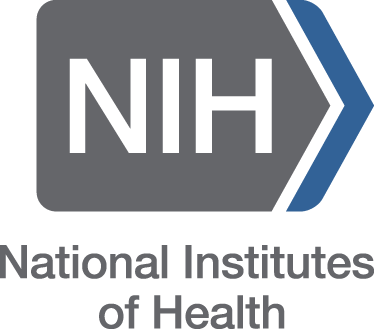 Discover NIH
Discover NIH
The National Institutes of Health (NIH), a part of the U.S. Department of Health and Human Services, is the nation’s medical research agency — making important discoveries that improve health and save lives. NIH is made up of 27 Institutes and Centers, each with a specific research agenda, often focusing on particular diseases or body systems.
National Institute of Biomedical Imaging and Bioengineering (NIBIB) is to transform through engineering the understanding of disease and its prevention, detection, diagnosis, and treatment.
If there is one overarching trend to all the advances in medical technology, it is the personalization of medicine and treating individuals as such. Source: The Ten Hottest Medical Technologies in 2019
Discover How Technology Is Changing Medicine.... and Library Service
When the COVID-19 pandemic forced libraries temporarily to close, the virus also created an opportunity for libraries to demonstrate their increasingly important role as partners for healthy communities.
Libraries can play a crucial role in helping their patrons access quality online health information by:
- Providing access to computers and high-speed internet
- Helping users develop the digital literacy skills needed to use the computer (e.g., how to use a mouse)
- Helping users develop the necessary skills to evaluate online health information resources
Digital Skills
The World Health Organization defines digital health literacy as the ability to seek, find, understand, and appraise health information from electronic sources and apply the knowledge gained to addressing or solving a health problem.
However, the Pew Research Center reports that the internet is the de facto choice for more than a third of U.S. adults searching for medical information. And did you know that a Google search for "cancer" will produce over 800 million results? That is an overwhelming amount of information! No wonder millions of Americans struggle to find and use online health information.
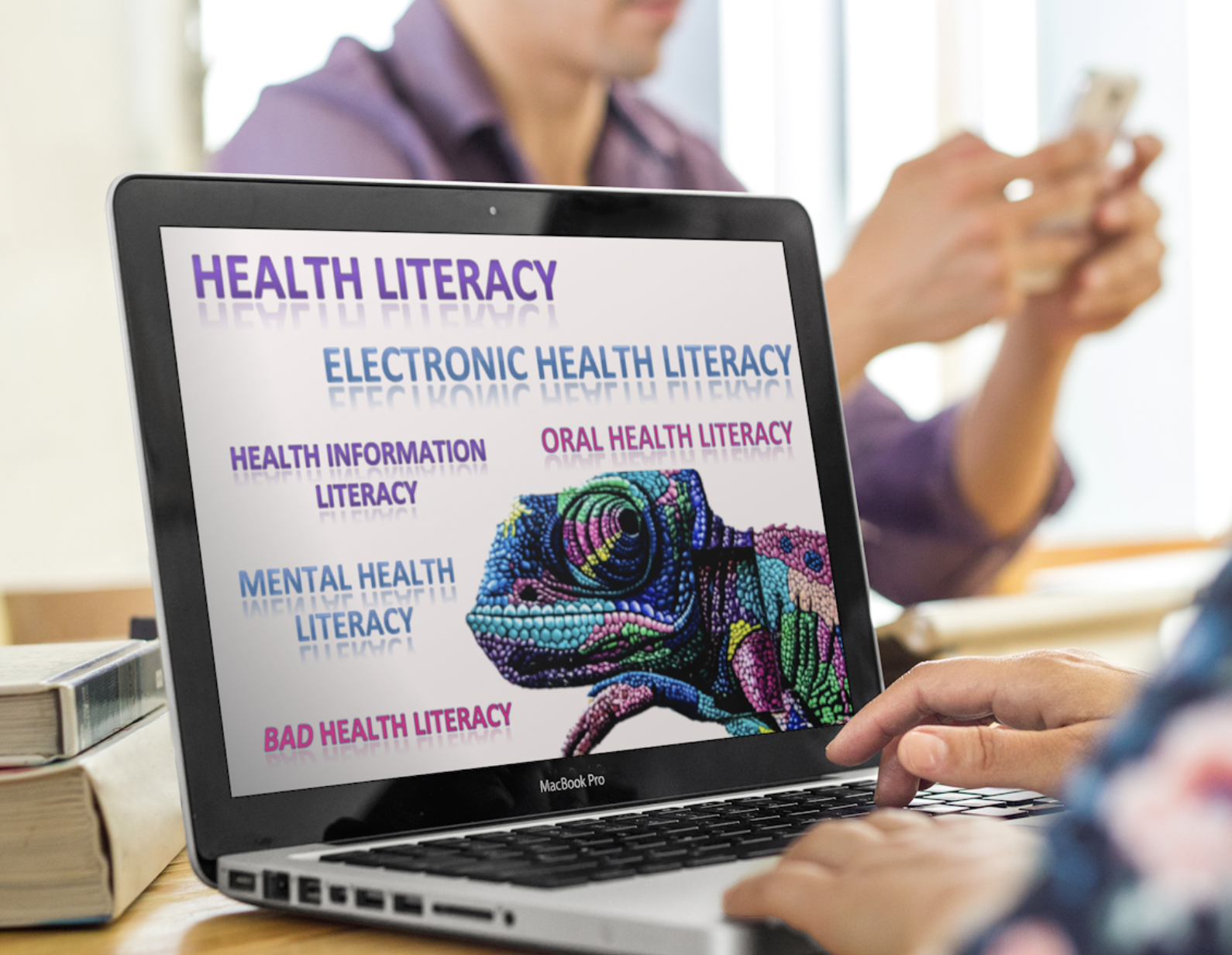
From accessing your personal Electronic Health Record (EHR) to using telehealth for a routine medical visit, digital health literacy is increasingly integrated into our everyday lives. Visit NNLM All of Us Digital Health Literacy and NNLM All of Us Learn Internet Skills to discover resources, including digital health literacy training curricula and courses, to help individuals in your community become more skilled and knowledgeable technology users.
Guides & FactSheets
- There's an App for That
- Detecting Reliable Health Information Online
- The Office of Disease Prevention and Health Promotion (ODPHP) Health Literacy Online is a research-based guide for simplifying the User Experience when it comes to creating intuitive health websites.
- The U.S. Department of Health & Human Services has a best-practice website, usability.gov, to learn how to create a user-centered product.
Internet
The Federal Communications Commission (FCC) reports that more than 21 million Americans lack broadband access, and Pew Research reports that 77 percent of Americans without Internet access depend on libraries. So it was fortunate that when libraries closed due to the pandemic, they did not stop providing this essential service. Libraries extended remote access coverage outside the building. While sitting in a parked vehicle or on a park bench, communities continued to access free WiFi to complete homework or upload job applications.
Wearable Devices
If you thought libraries only loaned books and DVDs, think again. Library of Things often includes health technology such as Fitbits. Learn how libraries are incorporating wearable devices into their health outreach programs: Summit Fitbit Cohorts, Capital Area District Libraries, and Huron Public Library.
3D Printing
CreativeMaker Spaces in public libraries were enlisted for the emergency manufacture of face shields that were in short supply during the COVID-19 outbreak. Using 3D to Make PPE: Library resources help create much-needed face shields by Cass Balzer. American Libraries. April 3, 2020. The Columbia University Libraries even created an online resource, Guide and Design for Rapidly Produced Face Shields.
Featured Books
-
Title: Deep MedicinePublisher Basic BooksYear published 2019Book image
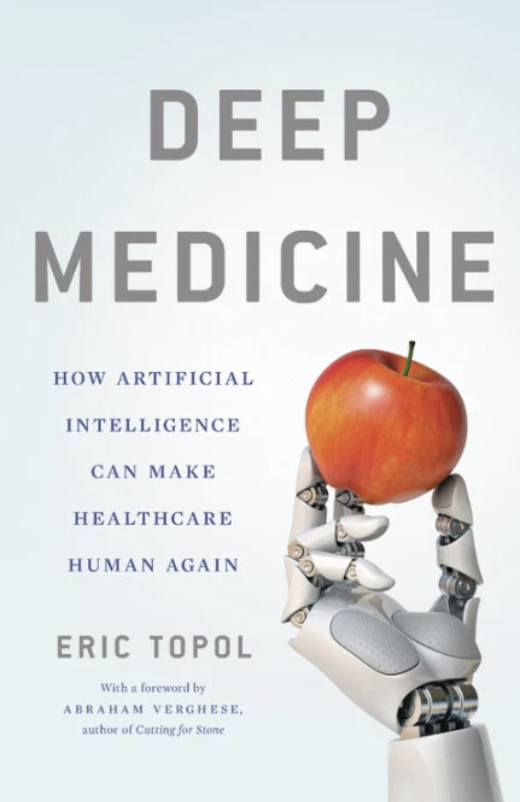
-
Title: Girls on the BrinkPublisher HarmonyYear published 2022Book image

-
Title: Stolen FocusPublisher CrownYear published 2022Book image

-
Title: The Digital DoctorPublisher McGraw-Hill EducationYear published 2017Book image
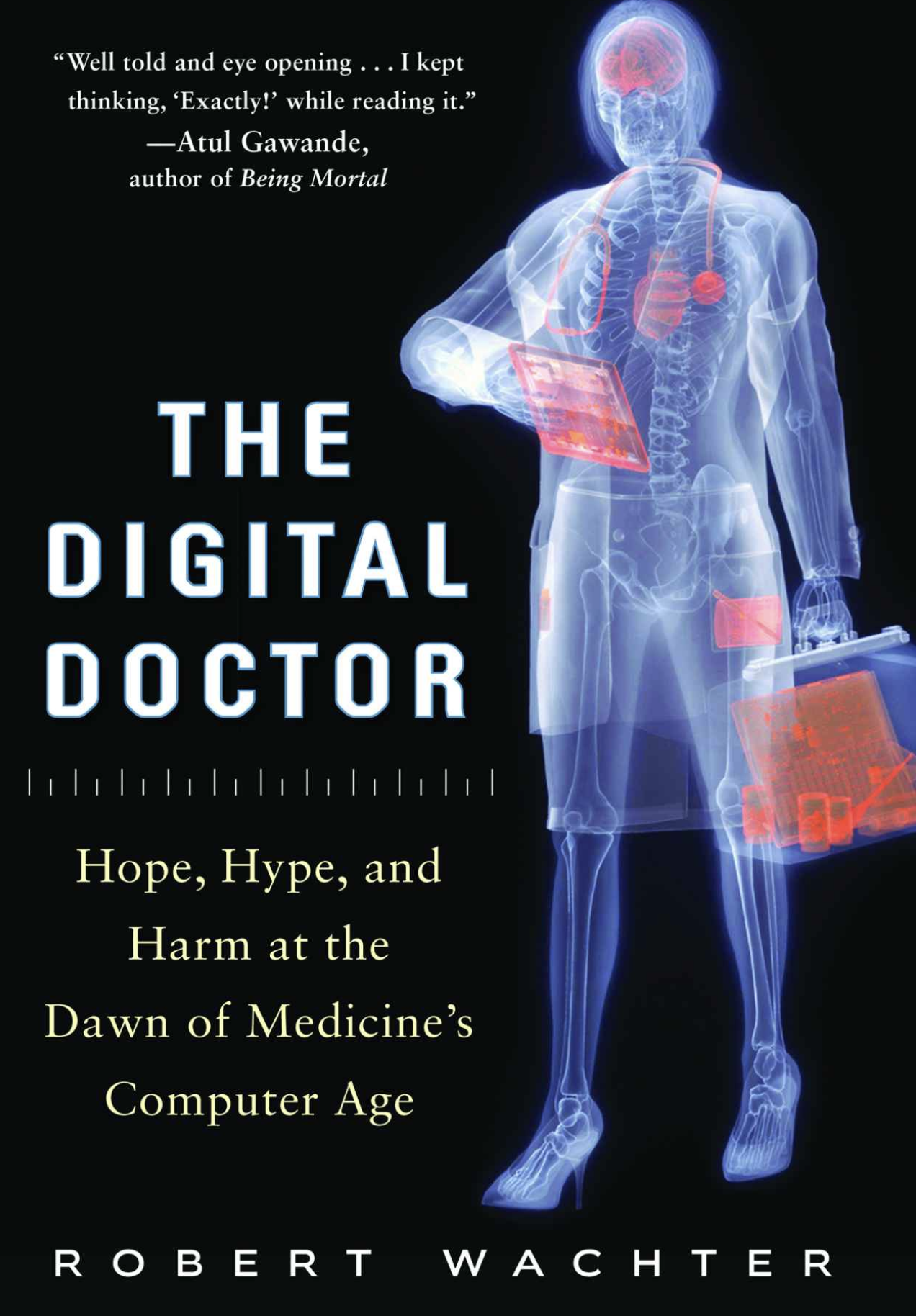
-
Title: The Future of Health CarePublisher Athena PublishingYear published 2018Book image
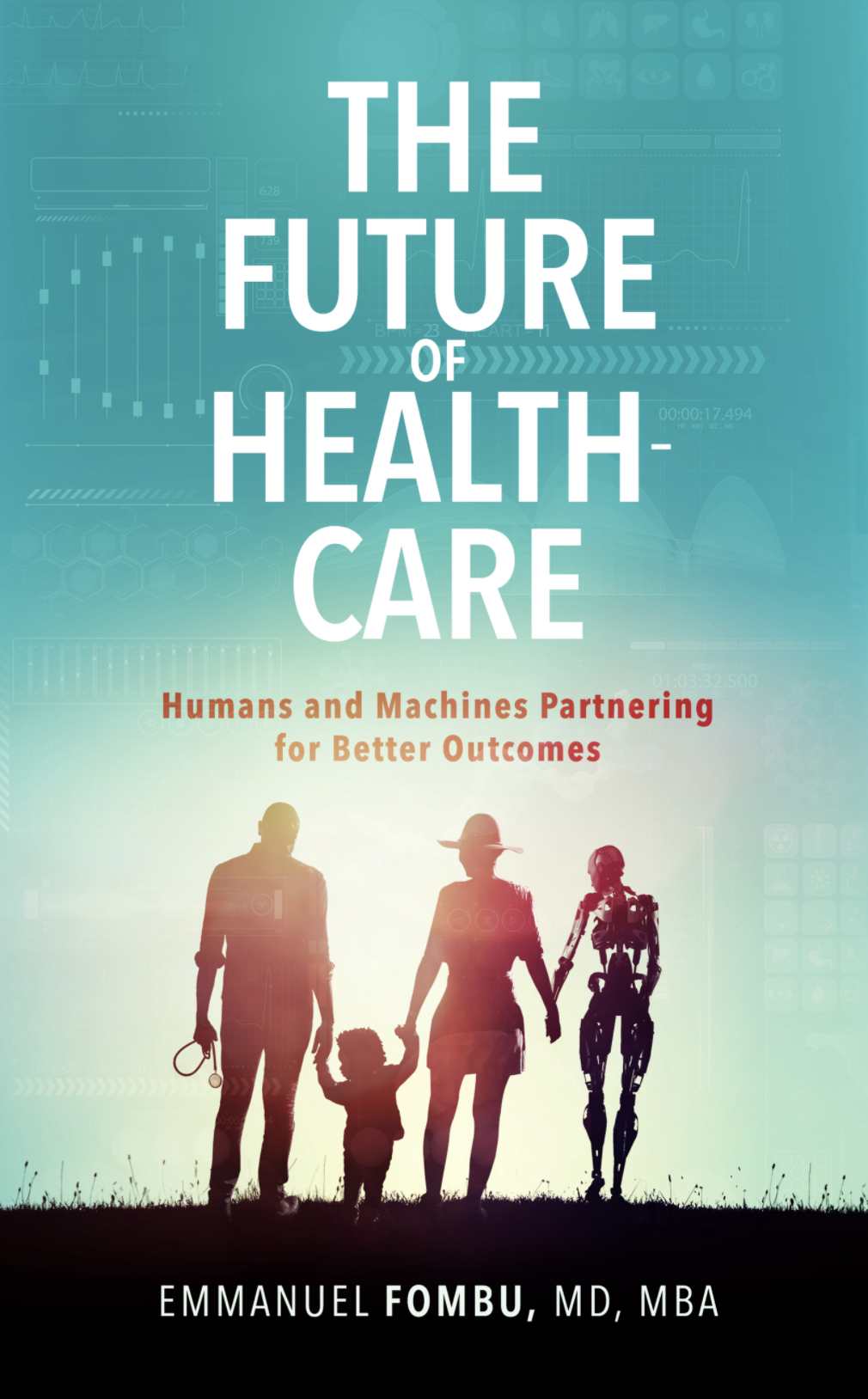
Terms of use: Network of the National Library of Medicine (NNLM) staff offer these health discussion resources for educational use. The materials included do not necessarily reflect the views or opinions of the author, publisher, or the sponsoring agencies of the National Library of Medicine (NLM) and the National Institutes of Health (NIH).
